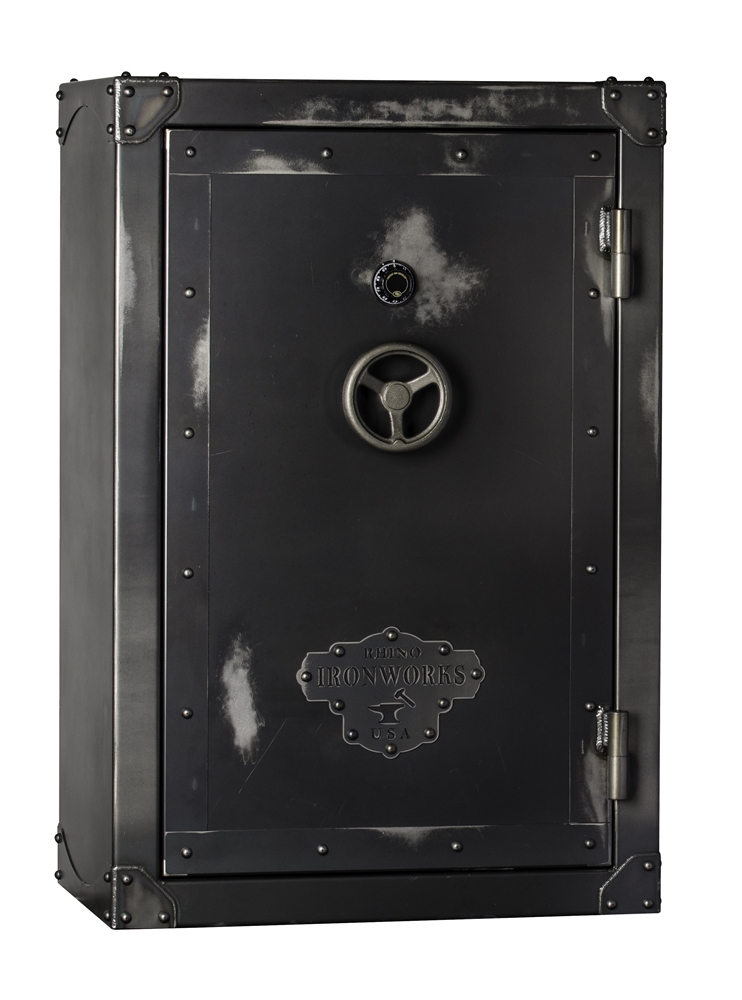Drivers and Motor Carriers
Am I Subject to the ELD Rule?
Drivers for laptop L&S-Electronic 30730: there are 24 devices found for the selected laptop model. Select type and model of the device to download drivers. Nov 21, 2020 THE POWER OF ONE! In both single and double configurations installation requires only: 1 Single Power input 1 Single Control input and 1 Low Voltage Output per driver. We have the fluorescent ballasts, HID ballasts, and LED drivers you need to make your lighting installation a success. Our wide selection of magnetic and electronic fluorescent ballasts includes trusted brands like Advance, Sylvania, Sola, and Fulham. AC Electronics - LED Drivers INSPIRED DESIGNS IN LED LIGHTING AC Electronics is a manufacturer of LED Drivers, LED Retrofit Kits and Extreme Temperature-Rated Electronic Ballasts with access to the latest automated industrial equipment for high volume and quality production.
Electronic Driver Unit
The ELD Rule applies to most motor carriers and drivers who are required to maintain records of duty status (RODS). The rule applies to commercial buses as well as trucks. Canada-and Mexico-domiciled drivers are included, unless they qualify for one of the exceptions to the ELD rule.
Quick Links
Research and Select Your ELD
Make sure that the specific ELD model you are considering is on FMCSA’s list of registered, self-certified ELDs. Motor carriers using a device not on this list could be cited for violation of the ELD rule.
Understand Your ELD
Electronic Driver Log Systems
Before you or your fleet start operating with ELDs, make sure everyone can use the device you’ve selected to record, edit, certify, and transfer driver logs.
Transfer Logs Upon Request

Compliant ELDs can electronically transfer HOS data files to safety officials upon request. Below is a quick guide on how to transfer your data, see your ELD user manual for more details.

Why ELDs?
Improving Efficiency
Drivers spend less time on paperwork and more time doing what they do best—driving.
Safer Operations
The ELD rule protects drivers from harassment and coercion by ensuring they get the rest they need to drive safely.
Read more about ELDs, how they can save you time and money, and how they are making roads safer.
Need more time to repair, replace, or service your ELD?
Motor carriers have 7 days to remedy an issue with their ELD, per the ELD rule. If you need more time, click “Request an Extension” to send an official request to FMCSA.
Need more information on ELDs?
FMCSA has published several responses to frequently asked questions on the ELD rule.
Read the ELD FAQs.
Quick Tips: Choosing a Compliant ELD
Do your vehicles operate in remote areas?
Some ELDs rely on cellular connectivity to relay information to the smartphone or tablet. This is true of many portable or “BYOD” devices. Consider all factors, including the locations you drive and your ability to connect to cellular networks, when selecting a device.
How many vehicles do you manage?
Whether you have one or 100 vehicles, ELD providers offer a wide range of options that can address your needs. Some devices operate as stand-alone units, some have the capability to connect to a system where you can monitor and supervise a large fleet of vehicles. If you have one or two vehicles, you could consider purchasing a stand-alone unit—just be sure it supports all the minimum requirements in the ELD rule. For guidance on choosing a compliant ELD, see FMCSA’s ELD Checklist for Carriers.
Are you running your device’s most up-to-date software?
ELD providers that discover bugs or other issues in their devices can often resolve these by fixing the issue in the software and pushing out a software update to their users. To be sure your ELD’s software is working as needed, be sure to download and install any software updates as soon as possible after being prompted by the device or notified by your ELD provider.
More Resources for Motor Carriers
To help motor carriers comply with the ELD rule, FMCSA has created an online resource with checklists, FAQs, brochures, fact sheets, and more.
Traditional driving licenses are rapidly migrating from paper-based documents towards electronic driving licenses (eDL).
Not only do biometric drivers licenses offer much greater protection against counterfeit and misuse through the combination of physical, digital and biometric authentication features, they are also capable of supporting growing demand for the integration of complementary applications such as vehicle rental or registration services.
However, issuers are challenged to ensure robust security over a long lifetime along with seamless connectivity and high performance across highly diverse IT and control systems.

